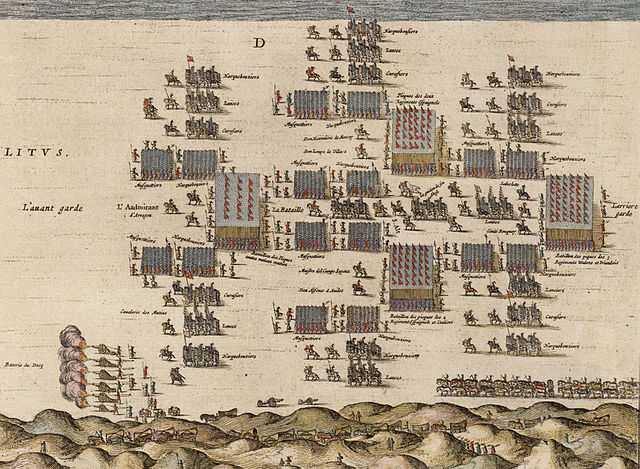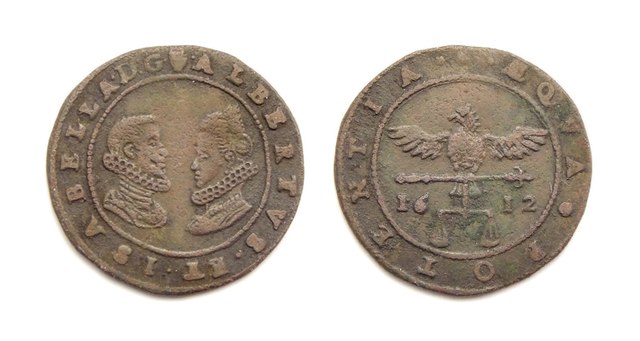The Army of Flanders was a multinational army in the service of the kings of Spain that was based in the Spanish Netherlands during the 16th to 18th centuries. It was notable for being the longest-serving army of the period, being in continuous service from 1567 until its disestablishment in 1706 and taking part in numerous pivotal battles of the Dutch Revolt (1566–1609) and the Thirty Years' War (1618–1648). Because it employed or pioneered many developing military concepts more reminiscent of later military units, enjoying permanent, standing regiments (tercios), barracks, military hospitals and rest homes long before they were adopted in most of Europe, the Army of Flanders has been considered the world's de facto first modern professional standing army. Sustained at huge cost and at significant distances from Spain via the Spanish Road, the Army of Flanders also became infamous for successive mutinies and its ill-disciplined activity on and off the battlefield, including the Sack of Antwerp in 1576.

The Army of Flanders' deployment for the Battle of Nieuwpoort (1600).
The Army of Flanders taking Maastricht in 1579
Mutinous troops of the Army of Flanders ransack the Grote Markt during the Sack of Antwerp, in a Dutch engraving of 1576 by Franc Hogenburg.
The Battle of White Mountain, 1620, a triumph for the Army of Flanders and the Army of the Catholic League.
Spanish Netherlands was the Habsburg Netherlands ruled by the Spanish branch of the Habsburgs from 1556 to 1714. They were a collection of States of the Holy Roman Empire in the Low Countries held in personal union by the Spanish Crown. This region comprised most of the modern states of Belgium and Luxembourg, as well as parts of northern France, the southern Netherlands, and western Germany with the capital being Brussels. The Army of Flanders was given the task of defending the territory.
Jeton with portraits of the Archdukes Albert VII, Archduke of Austria and Infanta Isabella of Spain, struck in Antwerp 1612. Obv: Portraits of Albert and Isabella. Rev: Eagle holding balance, date 1612.





